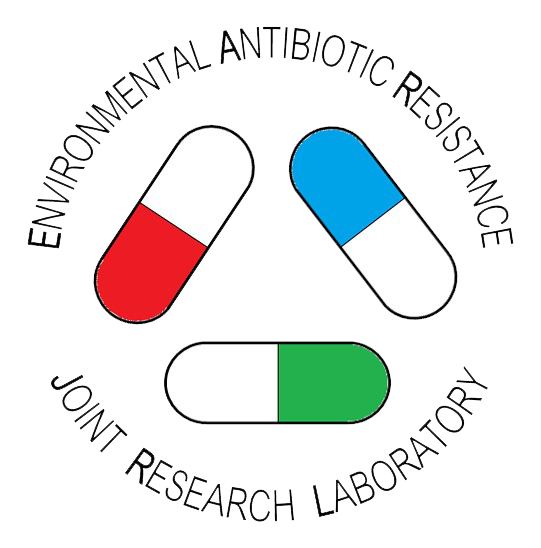Objective
Infections caused by multidrug-resistant bacteria are one of the greatest threats to global public health, both in terms of the cost in lives and the resulting economic expenses. However, although the most dramatic consequences are observed in the clinical setting, the problem of the spread of antibiotic resistance originates also in the environment, understood as agricultural, livestock and urban environments. This situation poses the challenge of holistically integrating the different scenarios (clinical, agro-livestock, urban, etc.) from a “One Health” approach.
To date, the problem of the emergence of resistant bacteria has mostly been addressed in relation to the use and abuse of antibiotics in medicine and veterinary medicine. In contrast, the role of the environment in this issue and, in particular, the adverse impact on human health and ecosystems resulting from the presence in the environment of antibiotics, antibiotic resistant bacteria, antibiotic resistance genes and mobile genetic elements (plasmids, integrons, transposons) involved in horizontal gene transfer has received insufficient attention.
These emerging biological contaminants are not only altering the functioning of ecosystems, but are also part of exposure pathways that, through different vectors (e.g. water and food consumption), end up in humans. Recently, the UN has warned against the increasing rise of antibiotic resistance as a consequence, in part, of the release and dumping of antibiotics into the environment. In fact, antibiotic resistance is one of the six emerging areas of concern highlighted in UN Environment’s Frontiers Report 2017.
Therefore, the main objective of this research consortium is to deepen our understanding of the role of the environment in the generation and dissemination of antibiotic resistance, in order to minimise this worrying risk to environmental and human health.
